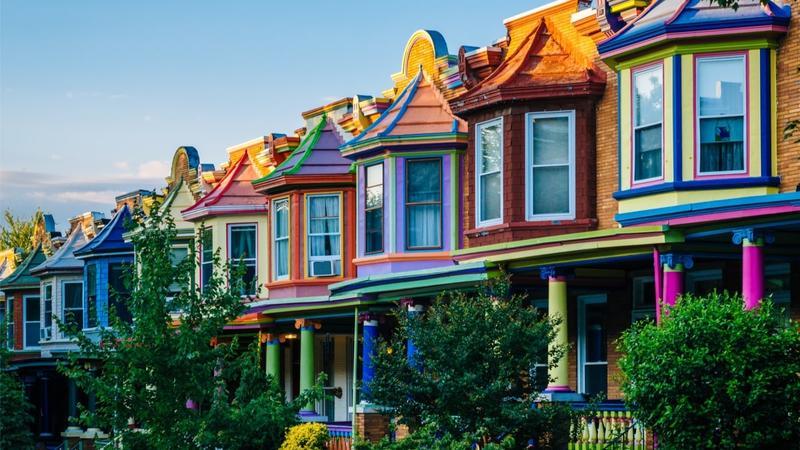Understanding the world of insurance can be difficult, and it doesn’t help when there are so many myths circulating in the industry.
Insurance misconceptions can be costly, resulting in homeowners securing the wrong coverage or overpaying for their policy. That’s why we’ve dispelled the top five home insurance myths, making it easier to shop for home insurance with confidence.
Myth #1: A home should be insured for the purchase price
How much it costs to buy a home is not the amount that it would cost to rebuild it — and that’s what insurance providers are concerned with when setting your rate. Several factors determine the market value of a home, including the value of the land, the popularity of the neighbourhood, and even a good view. The replacement value of the home does not include the land or the view, only the structures on the property and the contents. And your neighbourhood would only impact your home insurance rate according to claim likelihood in your area, rather than high market demand. Overall, a home should be insured for replacement cost, not market value.
Myth #2: Water damage is covered under a basic home insurance policy
Only some forms of water damage may be covered by home insurance policies. For example, if an insured peril, like a burst pipe, causes sudden or accidental water damage, the damage may be covered. However, gradual water damage that arises due to inadequate maintenance is not covered under your home policy. You can also receive coverage for a sewer back-up, but only if you add this endorsement to your policy. (It’s optional, and you’ll have to pay for it.)
Overland flooding coverage is another form of water damage protection that can be added to your home insurance policy. This optional coverage can be best suited for those who live near fresh bodies of water that could overflow onto the property.
Myth #3. Home insurance covers safety upgrades
Whether the roof is getting old, or a tree is dying and poses a risk of falling, home insurance is not meant to cover wear and tear or prevent losses. It exists to return a home to a pre-loss state after an unexpected occurrence, such as a fire or theft. Maintenance of the home is the homeowner’s responsibility and not part of the insurance coverage.
Myth #4: Natural disaster-related damage is always covered
While some nature and weather-related damage is covered under a home insurance policy, not everything is. Wind, lightning, and hail damage may be covered, while earthquakes for example typically are not. It depends on the terms of the policy. Extra coverage is usually required to account for all potential natural disasters. It’s important to be aware of the covered perils and exclusions to understand what you’re protected against.
Myth #5: All personal property in the home is fully insured
While a home insurance package policy comes with contents coverage for personal property, there are limits and exclusions. High-value items, such as jewelry, fine art, musical instruments, and electronics usually have a per-item and coverage cap. To cover these items to the extent of their full value, additional coverage may be required. It’s also important to note that business equipment owned by a company is not generally covered under a home policy, depending on how often you work from home. A business equipment endorsement may be needed for full home office coverage.
A home is a big investment, and home insurance is designed to protect that investment from many common perils. "It’s vital that homeowners understand what is and is not covered, and obtain any needed additional coverage, endorsements, or riders to protect themselves in full," says Anne Marie Thomas, director of consumer and industry relations at the Insurance Bureau of Canada.
Clearing up these common myths makes it easier to do just that.
